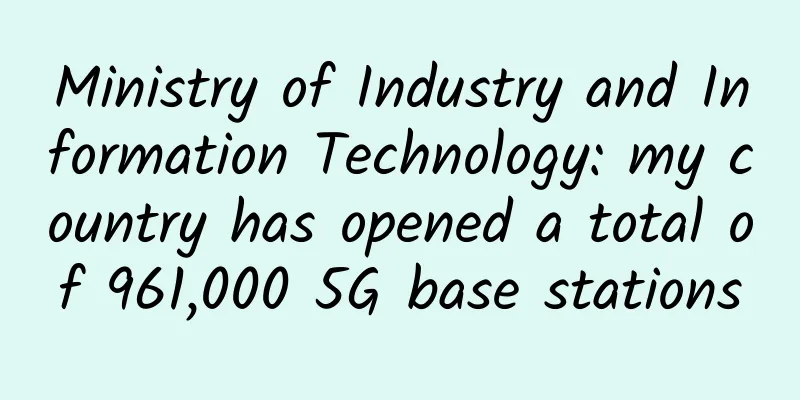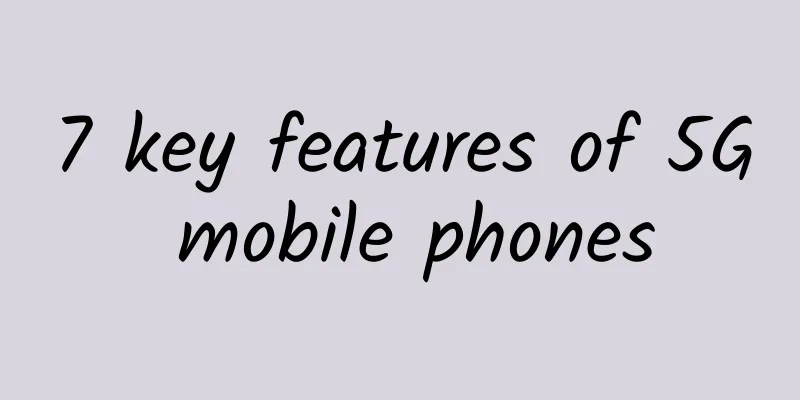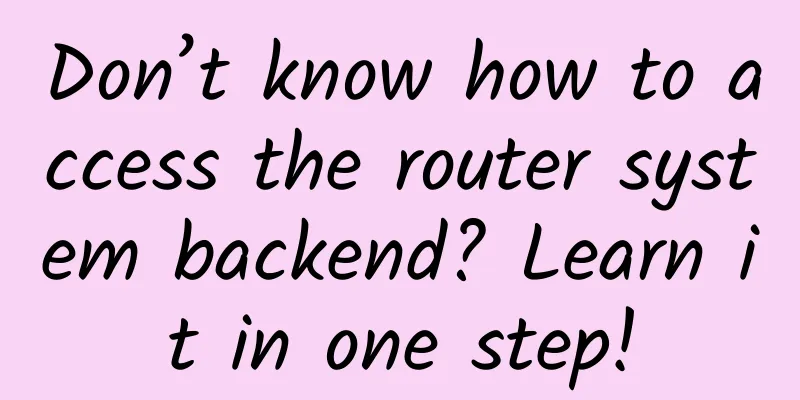5G messaging: The key is how to divide the money

|
The 5G news that had just been quiet is hot again! This week, at China Unicom's partner conference, China Unicom announced the establishment of the 5G Message Alliance and released five major plans in the 5G messaging field, including the 5G messaging terminal development plan, the 5G messaging application promotion plan, the 5G messaging user experience plan, the 5G messaging green governance plan, and the 5G messaging ecosystem empowerment plan. It is reported that China Unicom intends to invest 1 billion yuan to promote it. He Biao, deputy general manager of Unicom, also pointed out that 5G messaging is a key project in Unicom's large-scale application strategy. This is in stark contrast to the ambiguous attitudes of China Mobile and China Telecom. Some netizens posted pictures on the Communication People Forum, saying that they have activated the 5G messaging service and successfully received China Unicom's 5G messaging trial commercial discount package, which provides 300 free messages per month. They can use the guide to log in to the China Unicom APP and search for 5G messages. But even with the strong endorsement of the operator, can 5G messaging really have "messages"? What is 5G messaging?5G Message is a rather gimmicky name, but it has nothing to do with 5G in essence. From the perspective of standards, its original name should be RCS, which is a general term for voice, messaging, status presentation and other services based on the IMS network proposed by GSMA. The first version of RCS, RCS 1.0, was released in 2008, and it has been 13 years now. In China, some operators promoted RCS for a period of time, but then it was abandoned. The main reason was that RCS was based on P2P applications in the initial stage, and the standards were too complicated, just an enhanced version of SMS. In 2017, RCS could be turned to A2P applications and began to be accepted by more operators. So far, there are about 100+ operators in the world that use RCS commercially. Since there is no necessary connection, why is it called 5G message? Because 5G requires more business models and business stories, and the high-speed connection capability of 5G network can also bring a better experience to RCS. Therefore, 5G message was born. What are the advantages of 5G messaging?Compared with SMS, early RCS products, and even WeChat, 5G messaging still has some technical advantages. First, 5G messages break through the limitations of traditional short messages on message length and content format, and support multiple media formats. Developers can develop lightweight applications based on the above capabilities, freeing telecom users from the trouble of frequently installing apps and providing users with a new experience. This poses a challenge to many lightweight and tool-type apps. Second, 5G messaging inherits many advantages of short messaging services. Relying on the telecommunications number system and telecommunications-level authentication technology, 5G messaging has the natural advantages of wide service coverage, high reach, and good credibility. This is similar to WeChat based on social relationship chains. Third, 5G messaging has a wide range of user groups, including personal messaging services, industry messaging services, and enhanced call-related messaging services. Both individual and industry users can get a new messaging service experience, especially the introduction of the MaaP concept, which can open up new space for the integration of various industries with the information and communication industry. The current status of 5G messagingFrom the standards level, the approval of "Overall Technical Requirements for 5G Messages" and "Technical Requirements for 5G Message Terminals" indicates that the series of standards have the conditions to guide enterprises' 5G message practices. From the perspective of existing network operations, China Mobile, China Telecom, and China Unicom jointly announced the construction of 5G messaging in April 2020, and now they are basically ready for commercial use. At their annual partner conferences, the three major operators also announced the trial commercial use of 5G messaging, but not much action was seen afterwards. In fact, this is also normal, because the successful commercial use of 5G messages still faces several major challenges! First, the business model needs to change. Operators need to change from the SMS model to the ecological model, and from making quick money to cultivating the ecosystem. The SMS model is simple and crude, with a price for each message and discounts for large quantities. Judging from China Unicom's trial commercialization, users can get 300 messages for free each month, which is still a proper SMS mindset. Secondly, the support of terminals. 5G messages are native applications, which requires terminal support. But to this day, there are still only a handful of terminals that support 5G messages. For example, the terminals that support China Unicom's 5G messages are only from three manufacturers: U-Connect, ZTE, and Samsung. Among them, Uchang has one (30e Qualcomm version), ZTE has eight, and Samsung has one. Whether from the perspective of existing terminals or new users, the influence of these models in the domestic market is minimal. The reason for this situation is not difficult to understand, because 5G messages have affected the terminal manufacturers, and operators have completely lost control of the terminal market. Why do I say so? In the profit model of terminal manufacturers, they can charge part of the service fees through pre-installed software, app stores and terminal-based lightweight applications. Once the 5G messaging service is rolled out, it will inevitably affect their revenue. They are definitely unwilling to pre-install 5G messages. On the other hand, the terminal market is no longer the 3G era, when operators controlled everything through centralized procurement. With the reduction of subsidies, operators no longer have the upper hand in the game with terminal manufacturers. Operators think that this is an upgrade of SMS. In the SMS business model, operators are dominant and will definitely not share the profits. Terminal manufacturers believe that 5G messages have affected their own business. If they cannot get a piece of the pie, they will not support it natively. "I am the boss on my own turf." As for application openness companies, whether they are traditional SPs or SDK manufacturers, they are unwilling to invest more when the development platforms, development tools, business models, etc. are not mature. This leads to a small number of existing application types and poor user experience. To sum up, the key to making big money with 5G messaging is not how to make money, but how to share the money! |
>>: The role of edge computing and 5G in healthcare
Recommend
Step-by-step analysis: How to write a data analysis report?
[51CTO.com Quick Translation] As a data analyst, ...
How can the CDN industry break through the era of negative gross profit?
Since the Ministry of Industry and Information Te...
Application performance improved by 70%, exploring the implementation principle and implementation path of mPaaS full-link stress testing
Business Background As the mobile development ind...
Science article! What is 5G?
1 Let me start with the reason. Yesterday, I saw ...
V5.NET: Hong Kong CN2 (HKTW-B3) limited 30% off, dual E5-2630L/32GB/1T SSD/10M CN2 monthly payment 625 yuan
V5.NET has announced a special event this month, ...
5G will catalyze the era of large-scale innovation in the whole society
Intuitively, 5G has a very obvious role in drivin...
With another 600,000 base stations added, do you plan to upgrade to a 5G package?
As we all know, my country's operators have b...
Huawei launches new smart security brand Huawei HoloSens, leading the smart security market
Dongguan, China, August 8, 2019 - At the "In...
How can we enable ordinary people to use 5G effectively?
In the vigorous wave of 5G construction, my count...
How is Gigabit LTE different from 5G?
Gigabit LTE: The 4G solution for high-speed cellu...
Illustrated explanation of the past and present of four IO models
Recently, I have come to believe that when explai...
A practical guide to running databases across regions and Kubernetes clusters
Translator | Kang Shaojing Planning | Yun Zhao Am...
GreenCloudVPS: AMD Ryzen+NVMe series from $24/year, Japan Osaka large hard disk VPS from $25/year
GreenCloudVPS, which we often call GreenCloud, is...
What is missing from the 5G development of radio and television? The fourth largest operator faces four challenges
At the beginning of 2020, there are constant news...
Kuroit Japan VPS pre-sale from £3/month, Ryzen 9 3900X, 1GB memory, 15G NVMe, 1Gbps bandwidth
Kuroit recently announced the launch of Japan VPS...









